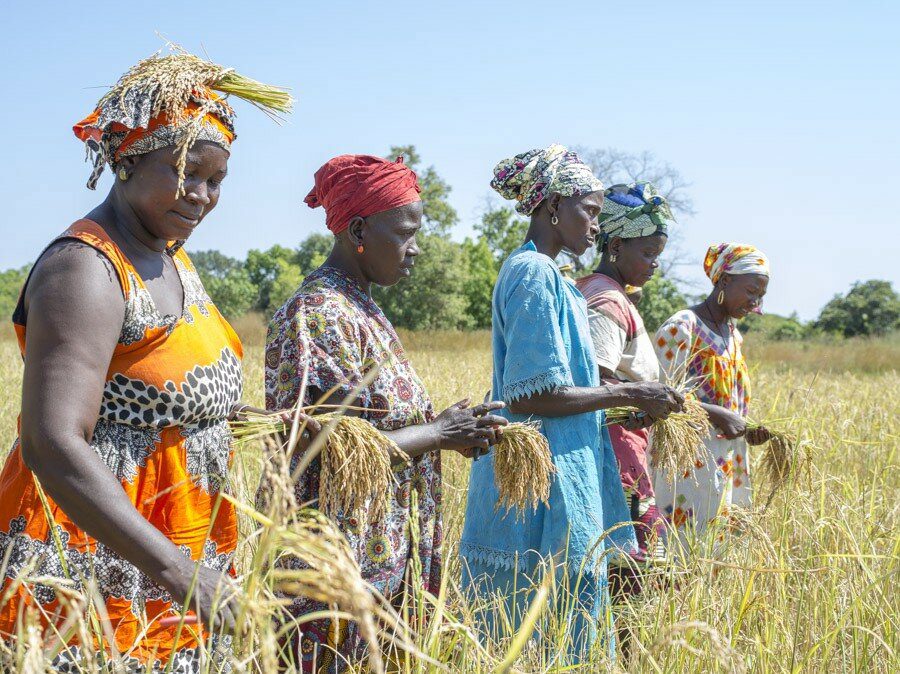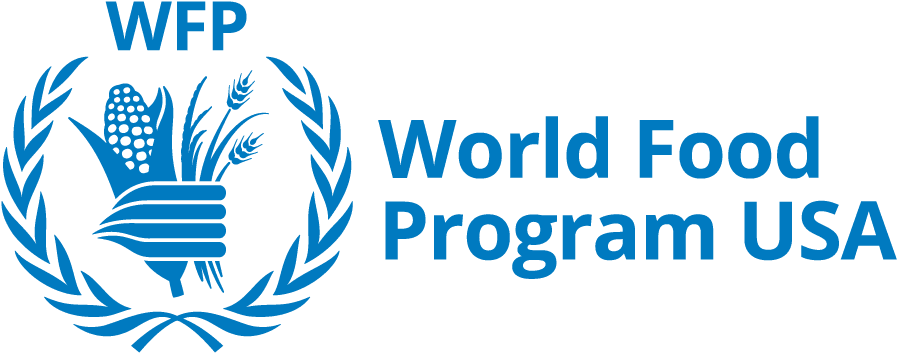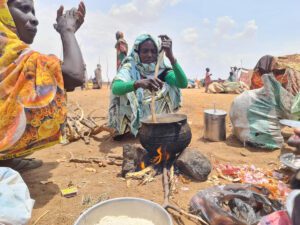Poverty and Hunger
The number of people experiencing extreme hunger during the lean season has increased in recent years, from 490,000 in 2021 to 880,000 in 2022 to 1.26 million in 2023. Poverty and food insecurity are particularly prevalent in rural areas of the country.
Hunger is rising due to extreme weather and economic shocks. Heatwaves, droughts and flooding have damaged food production. Limited access to land and water also affects small-scale farmers’ livelihoods. Women, who make up 60% of the agricultural workforce, have less access to resources than men, which puts them at higher risk of facing food insecurity.
You can make a difference. By understanding issues, learning how to civically engage, and joining the movement to end global hunger for good.
 WFP/Martin Dixon
WFP/Martin Dixon






